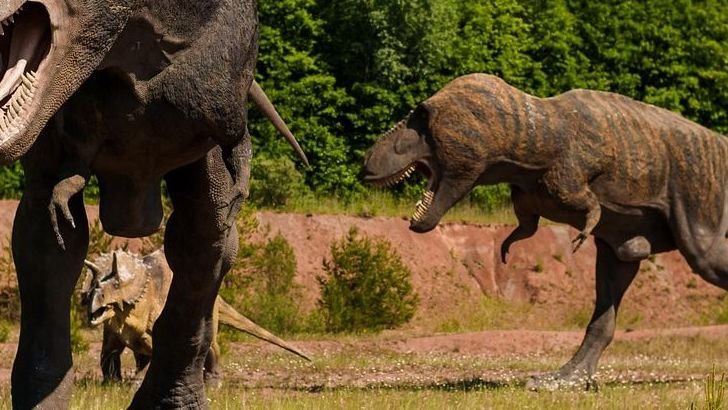Imagine being dropped into a world where massive predators tower over you like living skyscrapers, where the air itself burns your lungs, and where every shadow could hide a creature that considers you nothing more than a walking snack. This isn’t science fiction – it’s the Mesozoic Era, and scientists have been calculating whether modern humans could have possibly survived alongside the dinosaurs.
The question might sound like pure fantasy, but recent research has taken a surprisingly scientific approach to this thought experiment. Using computer simulations, atmospheric modeling, and fossil evidence, researchers are painting a picture that’s both fascinating and terrifying.
The Longevity Bottleneck That Shaped Our Genes
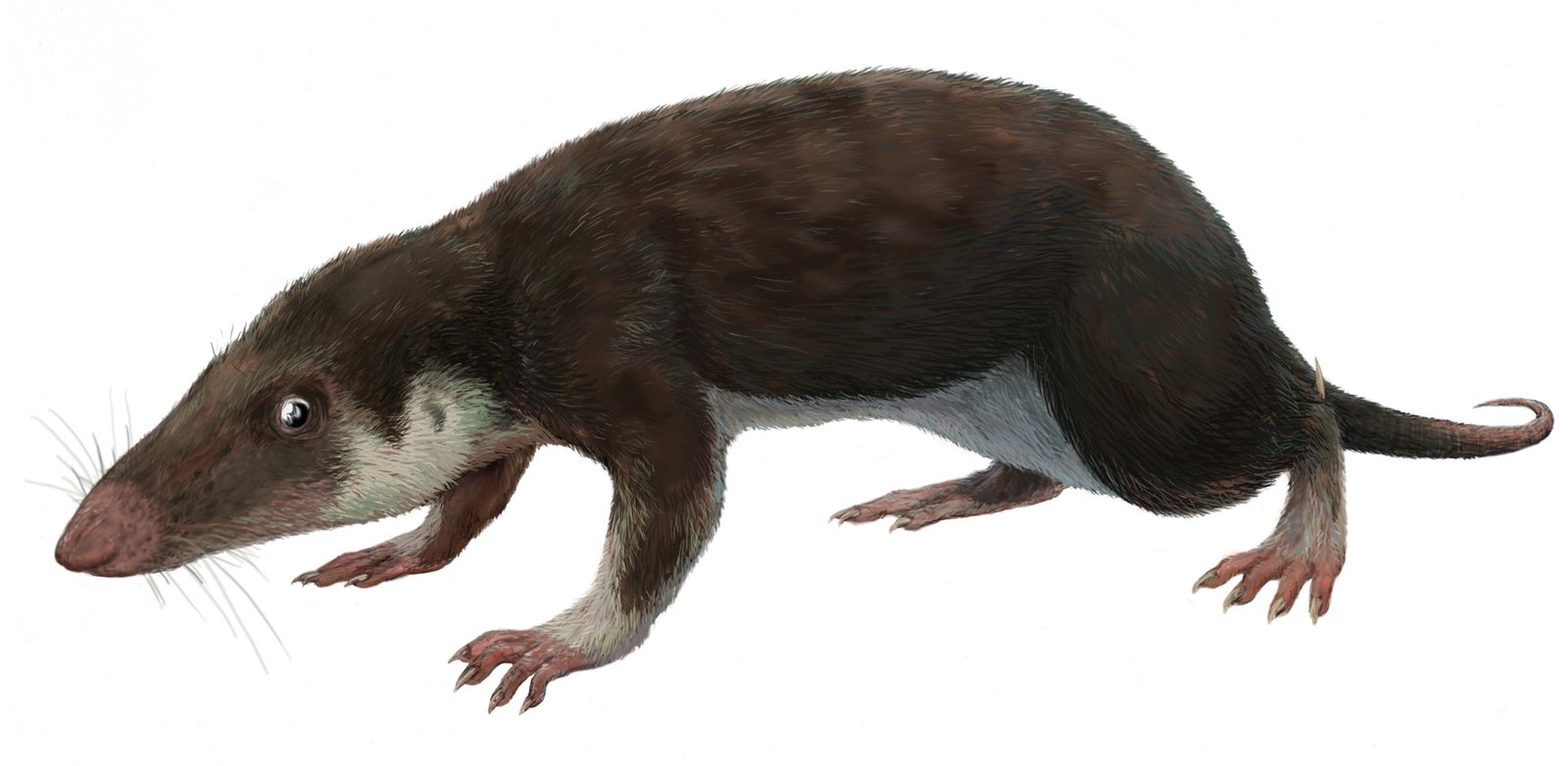
Here’s something that’ll blow your mind: Professor Joao Pedro de Magalhaes from the University of Birmingham proposed the ‘longevity bottleneck’ hypothesis that connects the role dinosaurs played over 100 million years with the aging process in mammals. Think about that for a moment – the way you age today might have been determined by tiny, furry creatures hiding from T. rex millions of years ago.
The theory suggests that early mammals spending over 100 million years as small, short-lived animals led to gene loss or inactivation of traits associated with longevity and left a legacy that is observed in the marked aging phenotype of modern mammals, in particular in long-lived species such as humans. Essentially, our ancestors were so busy running for their lives that they evolved to reproduce quickly rather than live long. It’s like the ultimate survival trade-off that we’re still paying for today.
When Size Mattered More Than Brains
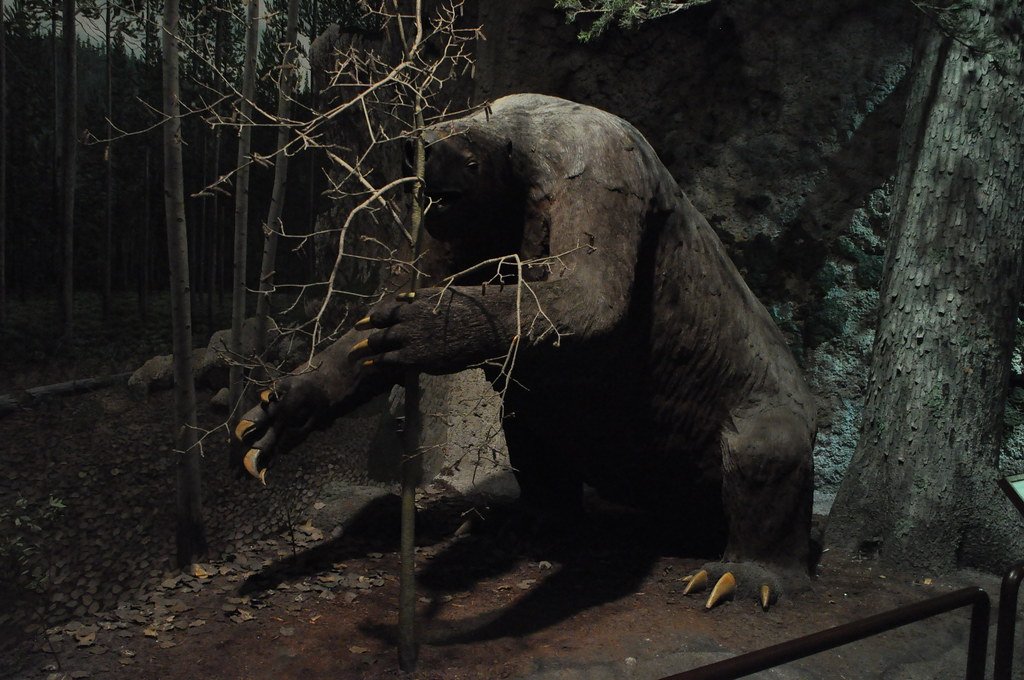
During the age of dinosaurs, being human-sized would have made you a prime target. Mammals rarely exceeded the size of a domestic cat and were generally rodent-sized carnivores of small prey. This wasn’t by choice – it was pure survival strategy.
Some of the earliest mammals were forced to live towards the bottom of the food chain and have likely spent 100 million years during the age of the dinosaurs evolving to survive through rapid reproduction. That long period of evolutionary pressure has, I propose, an impact on the way that we humans age. Picture this: your great-great-great (add about a million more “greats”) grandmother was probably the size of a mouse, spending her nights scurrying around hoping not to become dinosaur food.
The Atmospheric Challenge Nobody Talks About
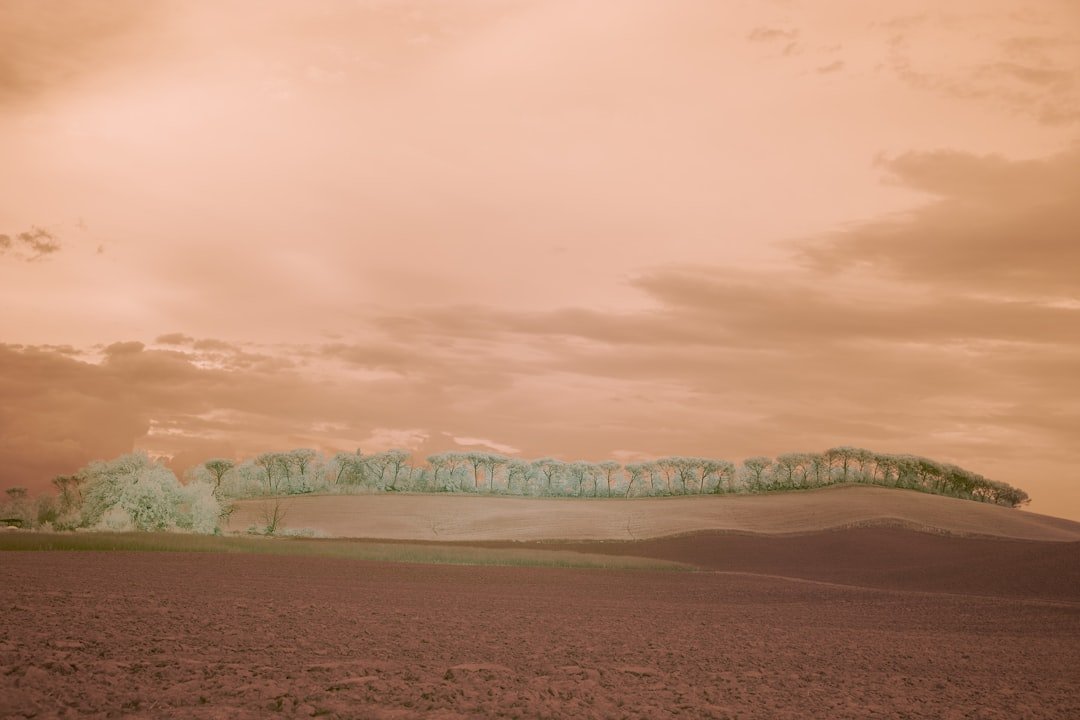
During the Cretaceous Period, particularly around 80 million years ago, there’s evidence the Earth’s atmosphere had significantly more oxygen than today – possibly 30-35%. However, this was not consistent throughout the entire Mesozoic Era. You might think more oxygen sounds great, but here’s the catch: it could literally kill you.
Elevated oxygen levels can lead to oxygen toxicity. When the partial pressure of oxygen in the air becomes too high, it can damage the lungs and central nervous system. This typically occurs at oxygen partial pressures above 0.3 bar, which is higher than what we currently experience (0.21 bar). Therefore, surviving in an environment with 30% oxygen concentration would require a total pressure of less than 0.7 bar to avoid oxygen toxicity.
Carbon Dioxide Levels That Would Make You Dizzy
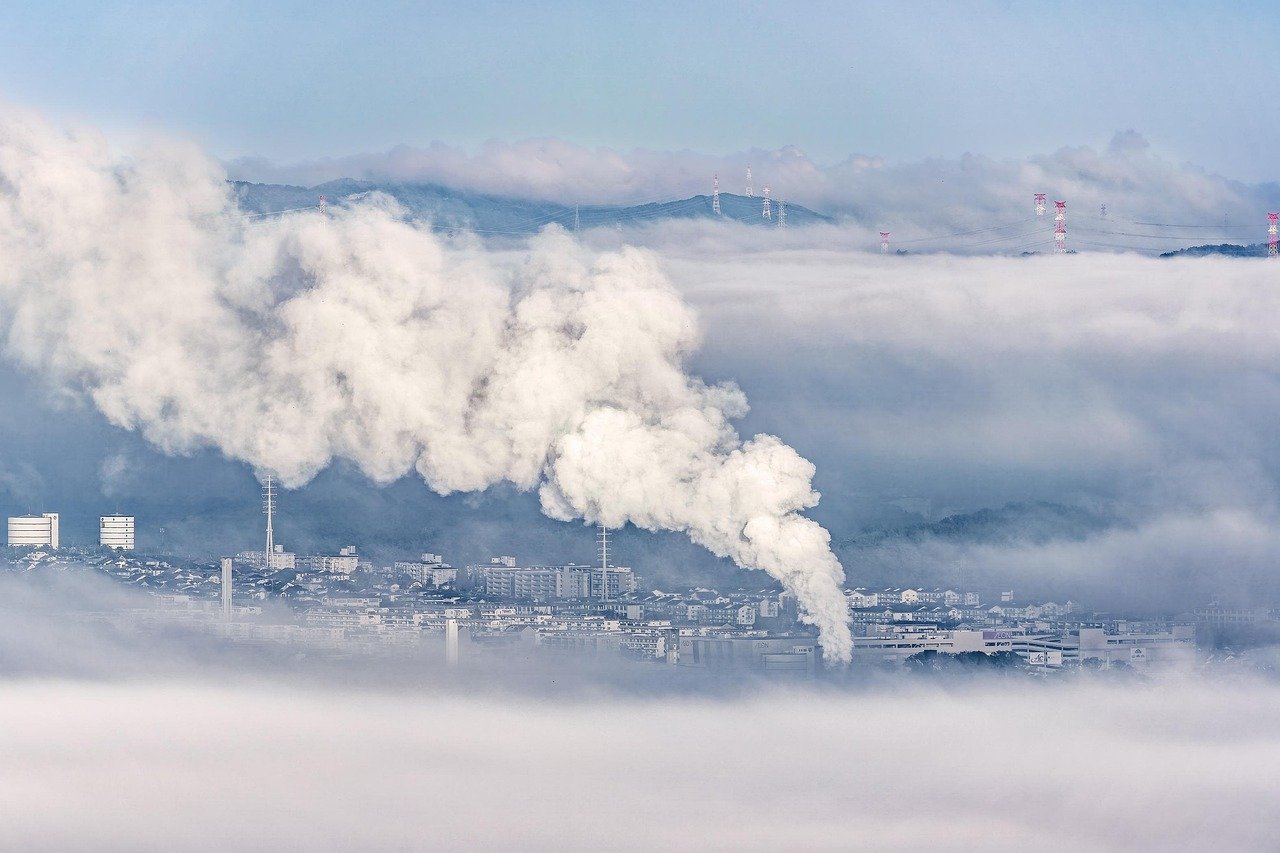
The atmospheric composition gets even more challenging when you consider carbon dioxide levels. Scientists found zero evidence of polar glacial ice sheets in fossil records during the Late Triassic and earlier Jurassic (approximately 237-174 million years ago) – likely a result of carbon dioxide levels that may have reached as high as 6,000 parts per million. To put this in perspective, today’s CO2 levels are around 420 parts per million, and scientists are already concerned about climate change.
Carbon dioxide levels were significantly higher during the Mesozoic Era than today. High CO2 levels can also cause health problems, including shortness of breath, confusion, and even death. Imagine trying to think clearly and make survival decisions while constantly feeling like you’re suffocating.
The Temperature Problem That Changes Everything
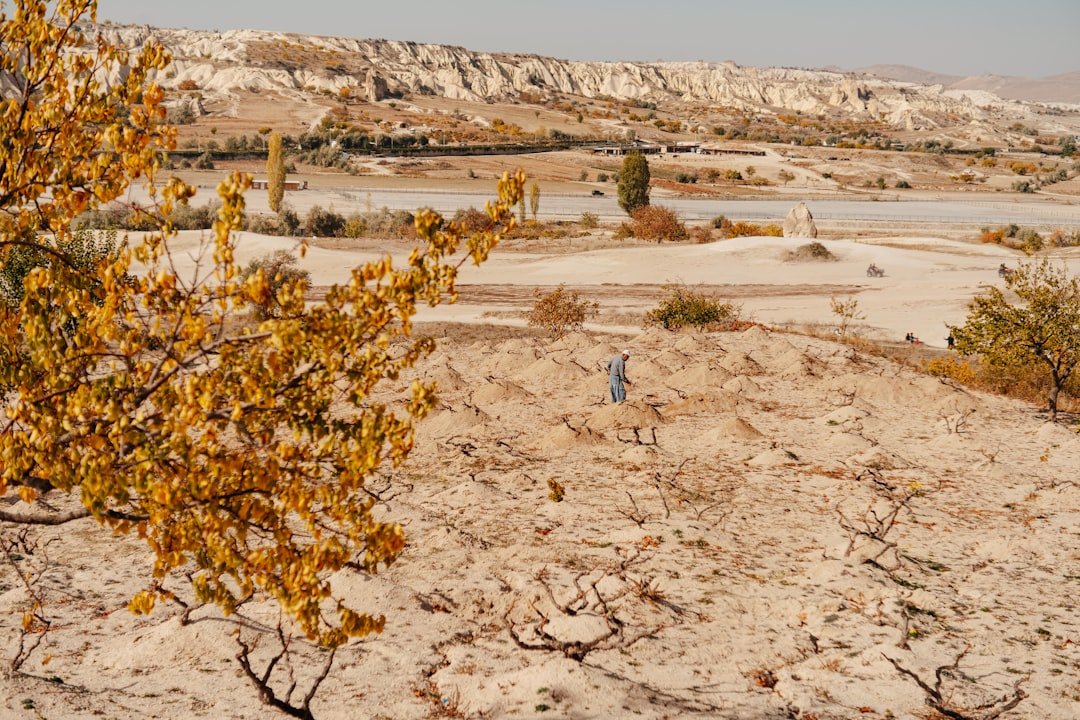
The Mesozoic Era was generally warmer than today. Dinosaurs of the northern mid-latitudes experienced average summer temperatures of 27 degrees Celsius. While 27°C might not sound extreme, remember this was the average – peak temperatures would have been much higher.
The first was warm global temperatures, which prevented large volumes of water from being sequestered on land in the form of ice sheets. The second was related to accelerated seafloor spreading; the attendant enlargement of ocean ridges displaced enormous amounts of ocean water onto the landmasses. The entire planet was essentially a greenhouse, with forests extended to the poles and no polar ice caps to speak of.
Predators That Make Lions Look Like House Cats

Let’s talk about the obvious threat: the predators. Predatory theropod dinosaurs, which occupied most terrestrial carnivore niches during the Mesozoic, most often fall into the 100-to-1,000 kg (220-to-2,200 lb) category when sorted by estimated weight into categories based on order of magnitude, whereas recent predatory carnivoran mammals peak in the 10-to-100 kg (22-to-220 lb) category.
Think about what this means in practical terms. Today’s largest land predators – lions, tigers, bears – are in that 100-400 kg range. Dinosaur predators were routinely two to five times larger. Just because the dinosaurs hadn’t appeared yet, it doesn’t mean there weren’t large carnivores. Dimetrodon and other large crocodile-type animals were the top predators. Our intelligence and cooperation would help against these threats, but we would have to manage with primitive weaponry.
The Night Shift Strategy That Actually Worked
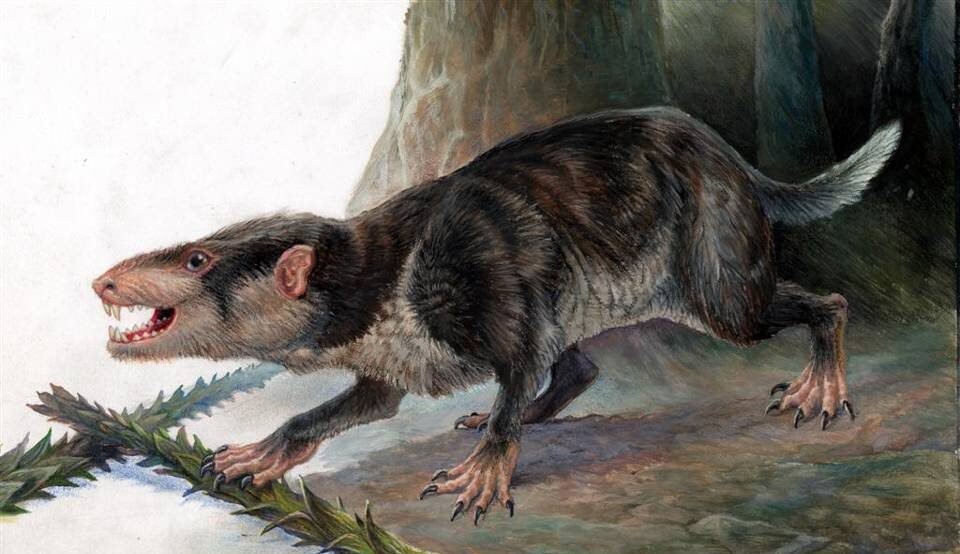
Researchers have long suspected that Mesozoic mammals were mostly nocturnal to avoid the giant dinosaurs that were active during the day, and the findings affirm this understanding. This nocturnal lifestyle wasn’t just smart – it was essential for survival.
Modern research has even revealed the color of these ancient mammals. A new study of Chinese fossils reveals the coloration of some of the early mammals that coexisted with dinosaurs. They were clad in dark brown or grayish fur – a trait that may have played a key role in their survival up to the present. The dark fur may have also helped creatures regulate body temperature, as darker colors absorb more light and therefore more heat for warmth at night. It’s like nature’s own camouflage system for the ultimate hide-and-seek game.
The Surprising Diversity of Mesozoic Mammals
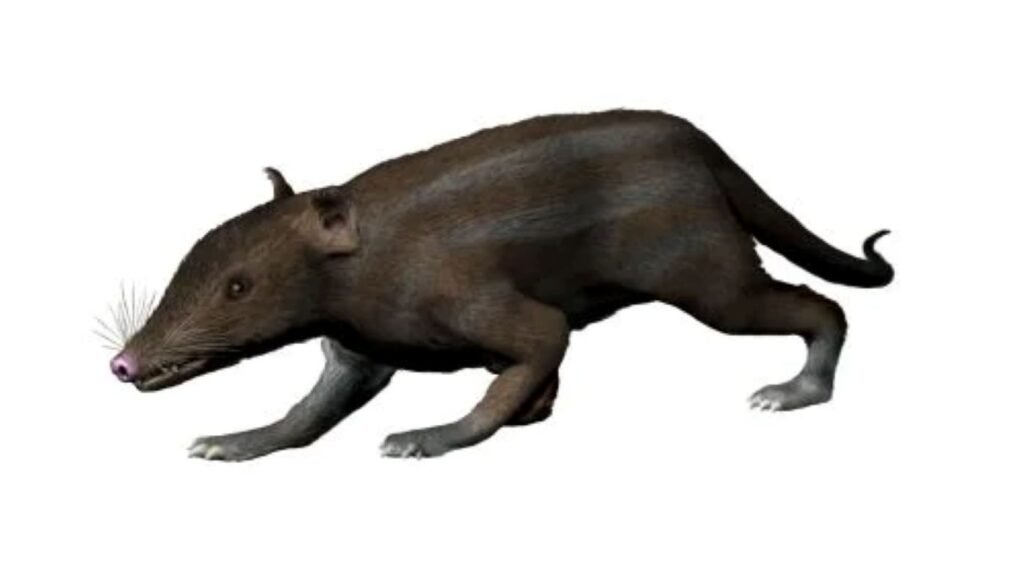
Here’s where things get really interesting. Recent discoveries have completely overturned our understanding of mammal diversity during the dinosaur era. Together, they have overturned the now dated belief that dinosaur-era mammals were small, unremarkable insectivores, eking out a life in the shadows of the giant reptiles.
Some became aquatic, some were gliders, and some even fed on juvenile dinosaurs. Yes, you read that right – some mammals actually ate dinosaurs! Findings published today in the journal Nature provide the first direct evidence that some mammals dined on their dinosaur contemporaries. This suggests that with the right strategy, mammals could not only survive but actually thrive in the dinosaur world.
The Asteroid That Changed the Rules
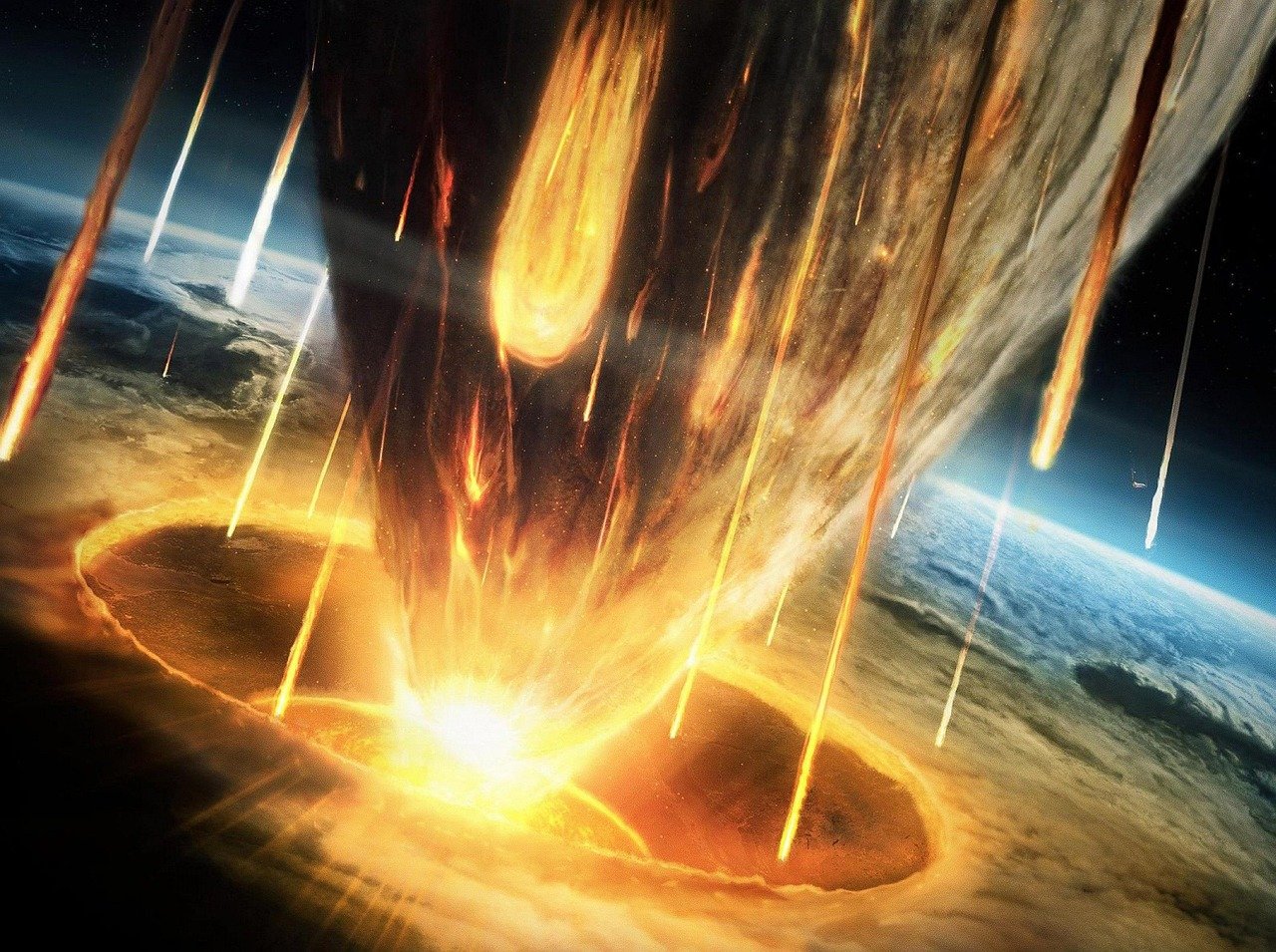
The story of mammalian survival gets even more dramatic when we look at the extinction event itself. If you consider the entire Montana fossil record, along with other data from across western North America, the statistics are grim. A paltry 7 percent of mammals survived the carnage.
New research shows that it was a close call, and their fate hinged on what happened in the days, decades and millennia after the asteroid impact. The mammals that did survive the asteroid impact weren’t necessarily the strongest or the smartest – they were the ones who happened to be in the right place with the right adaptations at the right time.
Why Modern Humans Might Actually Have an Edge

Now here’s the twist that might surprise you: modern humans might actually have some advantages over our mammalian ancestors. Our intelligence, tool-making abilities, and capacity for complex cooperation are unprecedented in Earth’s history. With modern technology, yes, but with primitive technology, probably not.
But even without technology, humans have demonstrated remarkable adaptability. Humans are remarkably adaptable, but there are limits. Acclimatizing to lower oxygen levels, as at high altitudes, takes time and involves physiological changes. Similarly, adapting to higher oxygen levels could be possible, but it would require significant changes to our bodies and would likely come with side effects. The question is whether we could adapt fast enough to survive the initial shock of being dropped into the Mesozoic.
The Verdict from Computer Simulations
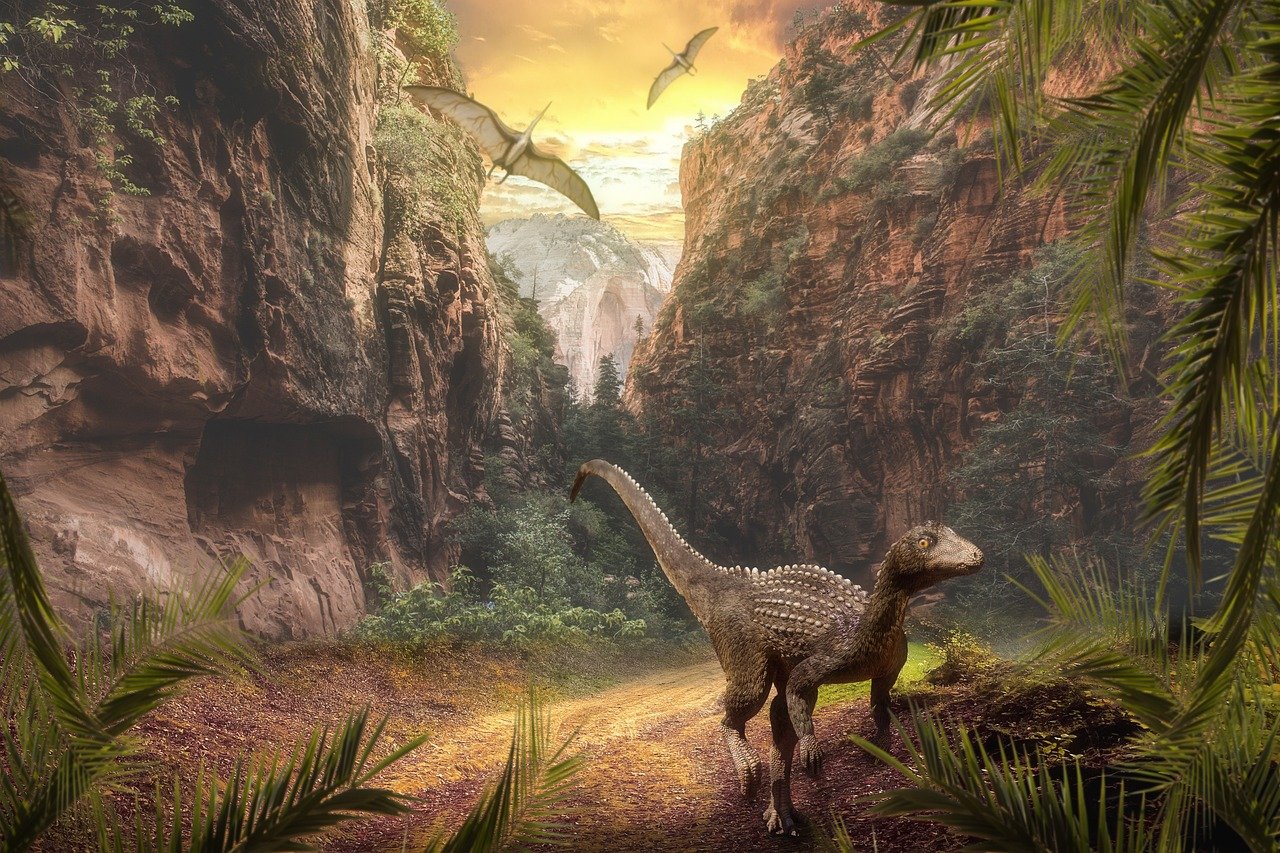
Breathing in dinosaur times is a more complex question than it initially appears. While some periods might have been survivable with adaptation, others would have been impossible due to low oxygen, high carbon dioxide, extreme temperatures, and the presence of toxic gases. Even in periods with higher oxygen levels, the risk of oxygen toxicity would need to be carefully managed. Understanding the intricate interplay of atmospheric composition, climate, and physiology is crucial for appreciating the challenges of time travel and the unique conditions that allowed life to flourish in the Mesozoic Era.
The computer models paint a mixed picture. Some simulations suggest that with proper preparation and the right location, small groups of humans might survive for limited periods. However, long-term survival would require adaptations that are beyond what modern humans could achieve without significant evolutionary changes or advanced technology.
Conclusion: A Humbling Reality Check
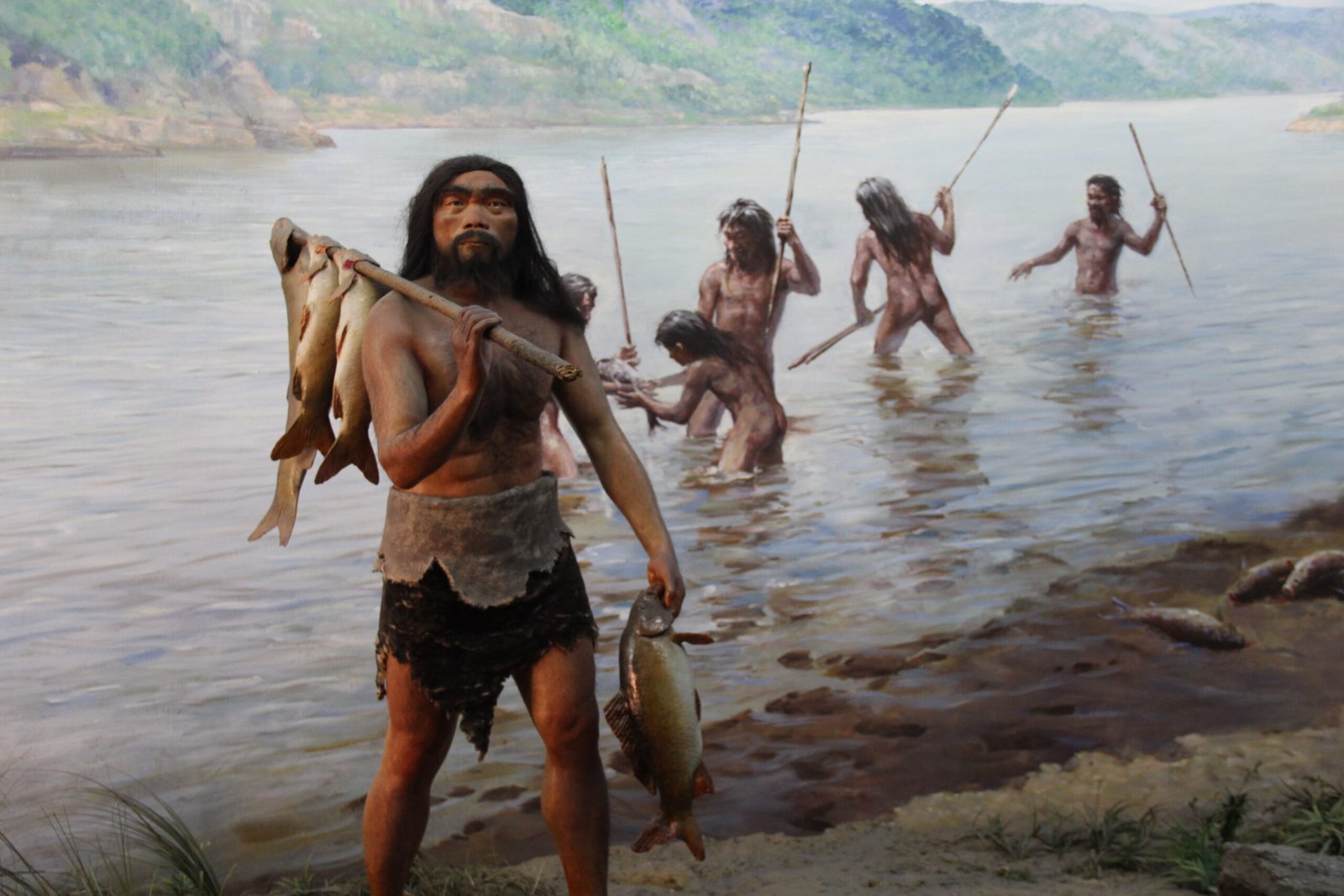
The scientific evidence paints a sobering picture of human survival chances during the age of dinosaurs. While our ancestors managed to survive as tiny, nocturnal creatures, modern humans would face challenges that go far beyond just avoiding massive predators. From toxic atmosphere to extreme temperatures, from limited food sources to the constant threat of becoming someone else’s dinner, the Mesozoic Era was a world designed for creatures very different from us.
Perhaps the most humbling realization is that that long period of evolutionary pressure has, I propose, an impact on the way that we humans age today. The dinosaurs didn’t just rule the Earth for over 160 million years – they shaped the very DNA of every mammal alive today, including us. In a strange way, we carry the legacy of that ancient struggle within our very cells.
The next time you complain about aging or wonder why humans don’t live as long as some other species, remember this: we’re the descendants of the ultimate survivors, creatures who spent millions of years perfecting the art of staying alive in a world of giants. That’s not a failure – that’s the greatest success story ever told. What would you have guessed were your chances of making it even a single day in that prehistoric nightmare?

